Click to view our Accessibility Statement or contact us with accessibility-related questions






PRODUCTS YOU MAY LIKE
Trending Posts in Audiophile

robbertwilson
Shop Premium Women Golf Shirts at ApparelnBags
Be the trendsetter on the golf course with our stylish collection of custom polo shirts for women. Whether you're swinging your way to victory or simply want to rock that sporty chic look, our polo shirts for women are here to make you stand out. Moreover, we understand that style and quality go hand in hand. That's why, from golf shirts for women to long sleeve polo shirts for women , we handpick the best products to ensure you experience comfort and durability. Also, our women polo shirts offer the perfect blend of style and functionality, so you can focus on your game without compromising style. So, grab your favorite polos today. Remember, it's not just a game; it's a lifestyle, and our polos will help you ace both!
Apr 25, 2024

SsButerbal
Ringing in PC38X's
I recently got this headset, and wow is it good. My only issue is when certain people talk on discord, I can hear a really high pitched ringing. I fiddled with a bunch of settings, computer audio and discord, and nothing seems to solve the issue. It is primarily if not all in my right ear only. Is there something wrong with my headset, or was that ringing always there I can just hear it cause the headset is THAT good? I haven't had any issues with any other application, though I have yet to test if I can hear the ringing on a different version of discord, say on my xbox instead of my pc. Only other issue I've had is occasional static, but I can't tell if it's from the headset or the show/game/etc.
Apr 24, 2024
itsamepe
Sennheiser PC37X randomly goes bad after disconnecting the cable ?
Greetings, Yesterday I was using my headset like normal with my macbook, just listening to music and on a call with people like usual, and the headset was perfectly fine. The stock wire that came with the headset is extremely long and yesterday it annoyed me very much that it kept getting tangled with itself, so I decided to see if the cable is replaceable. I pulled out the cable from the headset and saw the adapter, and looked online for a replacement. Upon plugging it back in, the audio sounded extremely muffled and washed out. Im not sure what I did wrong to make it mess up like that as I've always taken good care of it, ive had it for about 2 years and its always just been chilling on my desk, but anywho I thought the cable just went bad and ordered a replacement. The replacement came, and the issue is still persistant, so I am not sure what the issue is I've tried multiple different headsets and the issue is not with the port, and I also tried it with my windows laptop and...
Apr 23, 2024

MrChiSox
Big changes coming to my tiny little music room, I've recently purchased a new stack. Currently figuring out where to locate it all and ordering up the necessary cables, it won't be too long before I'm up and running. I am now the proud owner of a brand new stack. It's a European brand called Earmen. Amp, DAC, Streamer & Linear Power Supply. It won't be long!
https://www.youtube.com/watch?v=MB15yM4UptQ
Apr 23, 2024

Briankan
Recommendation for my next headphone set? I have Koss 95x
Hey all, What would you recommend I get next and why? I have Koss ESP-95x electrostatic massdrop headphones. These are my first and only audiophile set. I love them. I think my only real requirements is $500 or less for the headphones and that they have a little more low end. I don’t need thump but these are really light on lows…but the experience is still awesome. Also any recommendations on an amp? I only have my electrostatic thingy. I am using the Topping D50 DAC. thx!!
Apr 22, 2024

Simthaniel
Rigs
Modded headphones with qudelix at the core
When I received the Qudelix 5K, I had already modified a pair of Superlux HD-681 headphones. I previously soldered my own balanced connections to the drivers, providing multiple ways to connect and...
Apr 14, 2024

brothamike
A decent set of IEMs
I am in the midst of a 300 hour burn-in but, I will say I am enjoying how this set sounds so far. Before I received these which was btw late by a few weeks, I purchased a Sony/Kimber Kable MMCX...
Apr 12, 2024
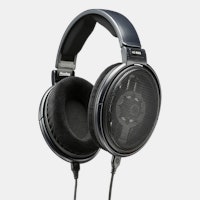
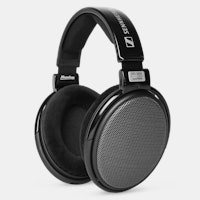

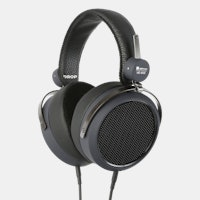
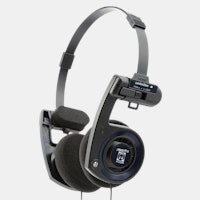
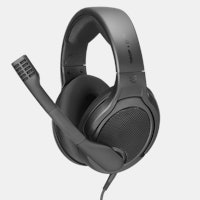
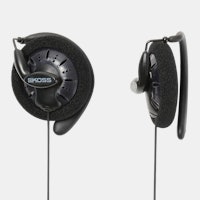
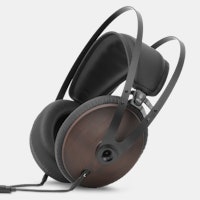
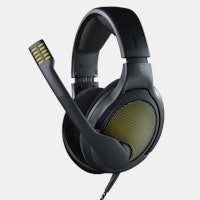
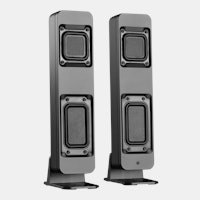
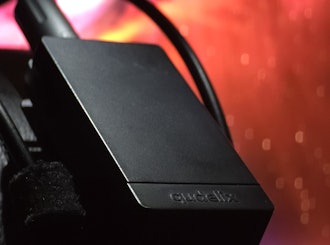
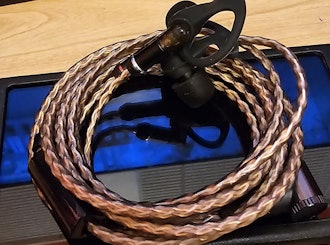
Long story, output impedance is essentially the resistance to ground from the signal. In SE outputs, you get the output impedance from the one wire that has signal. In a balanced drive, there are two "signals"; you add the source impedance from both sides to get the output impedance. Assuming they didn't do anything really strange this is the same as doubling the output impedance of the SE output. I suppose it is still possible for an amp to have a "really strange" SE output (eg, SE shuts off when you plug in XLR and vice versa, high SE output impedance for no particular reason, etc), but all the balanced amps I've seen have output impedances that are twice the SE output. I am assuming SS in the above, if that makes a difference. I don't know if OTL tube amps are different and I don't care (and it wouldn't be relevant here anyway).
Someone thought 200 could be the damping factor though that number is usually used in the context of load:source impedance (which would mean higher is better as 8~10 is the usual minimum people claim to want) but with respect to what load who knows.
This is kind of a long read, but look at the schematic and his description. Note that the attenuator has an output impedance of 3.3 Ohms. Solderdude designs commercial headphone amplifiers (and also does headphone reviews/measurements), he knows his stuff.
https://diyaudioheaven.wordpress.com/headphones/headphone-attenuation-adapter/
Original comment: ~~True this comment is partially wrong and the other one needs to be rewritten. Not sure why I mixed up the amplifier representations.~~
I guess that would be me (or the Head-Fi user I quoted).
> but with respect to what load who knows.
It's right there in the quote "...with a damping factor of 200 (vs 400 of the H10), into 50ohms."
Maybe I'm missing something, but this statement seems to be quite simply wrong. Headphones are connected in series with output impedance.
> This is kind of a long read, but look at the schematic and his description. Note that the attenuator has an output impedance of 3.3 Ohms.
That's an attenuation adapter based on a simple voltage divider. The output impedance will typically be around 3 ohms (it depends on the output impedance of the amp as well as the values of the two resistors). However the output impedance of the attenuator is connected in series with the headphones, just as it is when connected directly to a headphone amp.
I don't mean to be rude, but you clearly have no idea what you're talking about here. The 3.3 Ohm resistor is not the 'output impedance' as you seem to believe.
The primary purpose of the attenuator is to reduce voltage (and therefor power) to the headphones. Modification of the output impedance is just a byproduct of the voltage divider used to achieve this.
The output impedance of the attenuator is not determined solely by the 3.3 Ohm resistor but rather by the combination of the amps output impedance (call it AZ) and the two resistors (call them R1 and R2 for the 33 Ohm and 3.3 Ohm resistors respectively).
The output impedance of the attenuator can then be calculated with: ((AZ+R1) x R2) / (AZ+R1+R2)
Which is why the attenuator's output impedance will be around 3 Ohms with most headphone amps rather than 3.3 Ohms.
"I askedshenzeaudio, and they replied with this.
Hi!
Is it really 200ohm. Like it says on product detalis?
Front analog output (XLR):
Output impedance 200Ω
Their answer is: Dear David,Front analog output (XLR):Output impedance<0.1Ω. 200Ω is rear xlr output impedance."
(https://www.head-fi.org/threads/gustard-h20-headphone-amp.850661/page-7#post-14070924)